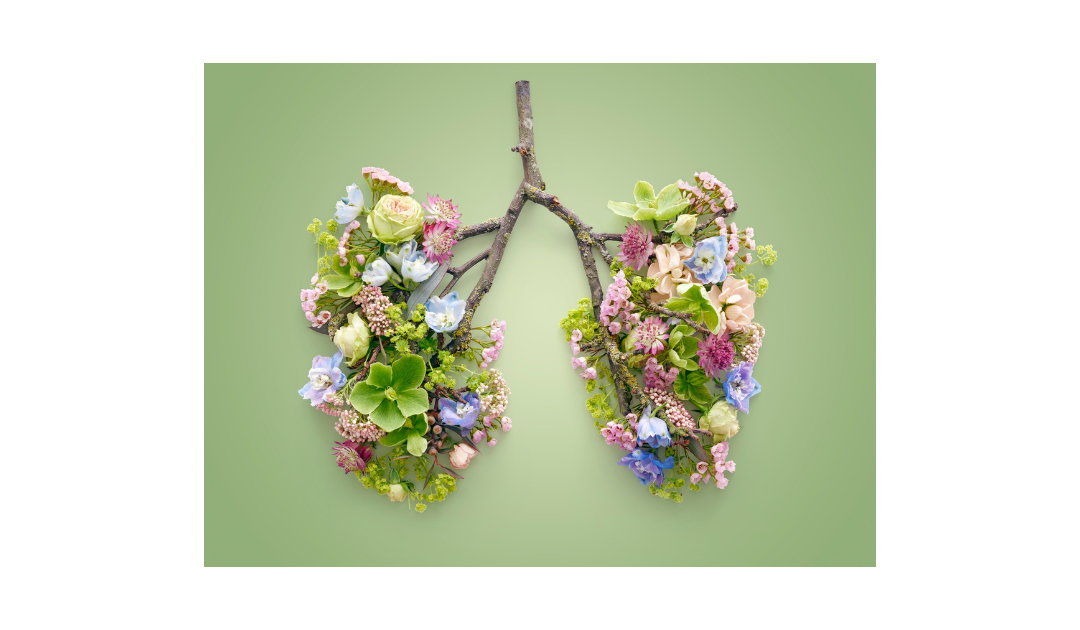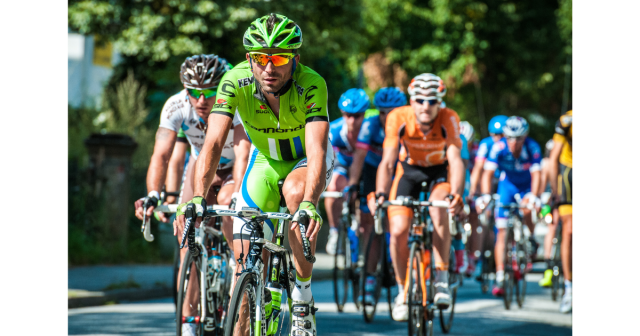Every breath you take, every move you make
Looking for an easy way to improve muscle efficiency, blood circulation and heart health while maximising your fitness level? – Well, don’t hold your breath! No, I mean it, that’s the answer quite literally – just BREATHE!
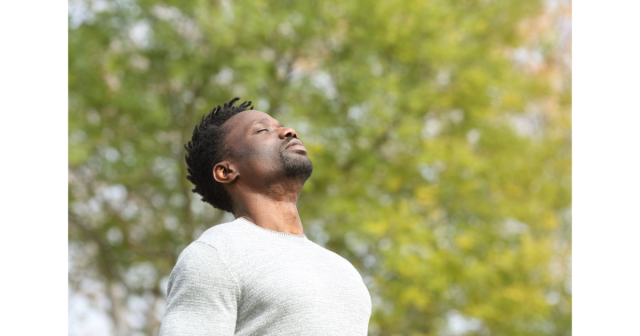
every move you make, every breath you take
You’ve been doing it since birth, when your tiny lungs and circulatory system transformed so that you could breathe outside the womb. Since then, without much conscious thought, you have been taking between 12-18 breaths every minute, meaning around 25,000 breaths each day. We take breathing for granted but, if you actually pay attention to the way that you breathe, you can harness it as a superpower.
James Nestor in his award winning book “Breath – The New Science of a Lost Art” cites modern research to show that proper breathing can boost athletic performance, rejuvenate internal organs, halt allergies, asthma and some autoimmune diseases.(1)
If you are feeling at all agitated, try taking a deep breath in, to the count of five, feeling the air expanding your belly and your diaphragm moving down. Then exhale to the count of five, emptying your lungs completely before taking your next breath. Feeling calmer?
Pranayama
This controlled breathing has long been practised in yoga and is known as ‘pranayama’ – meaning ‘to extend the vital life source’. Yogic breathing, in conjunction with the rhythm of yoga postures, is said by yogis to promote concentration, vitality and well-being (2).
Science is catching up with the claims of this ancient practice and studies have found that breathing properly can reduce many symptoms associated with mental health issues including anxiety, depression and insomnia. Dr Richard Brown, co-author of “The Healing Power of the Breath” tells us, “I have seen patients transformed by adopting regular breathing practices … when you take slow regular breaths, your brain gets the message that all is well.” (3)
Ujjayi Breath
You might want to try Ujjayi Breath, also known as the healing breath. (4)
- Sit in a comfortable cross-legged position.
- Sitting up tall, extend your spine and “make room” in your torso to expand the lungs.
- Breathe in and out only through your nose. This cleanses the breath and heats the body.
- Begin to extend the inhale and the exhale to five counts each, matching the duration and the tension on the inhale as well as the exhale. This is also known as a “same-same” breath.
- As you breathe in and out, engage your abdominal muscles. On an inhale, pull the abdominal muscles toward your spine and maintain that engagement as you exhale.
- Close your eyes and continue to breathe in this way for as long as desired.
During yoga practise the breath guides the movement and deep breathing should allow the body to move and hold positions, or ‘asanas’, effortlessly. Follow an instructor’s guidance as to when to breathe but, generally speaking, you should inhale when opening the front of the body as in a Cobra pose, but exhale when compressing the front of the body as in Seated Forward Bend pose or during twists and side-bends. (5)
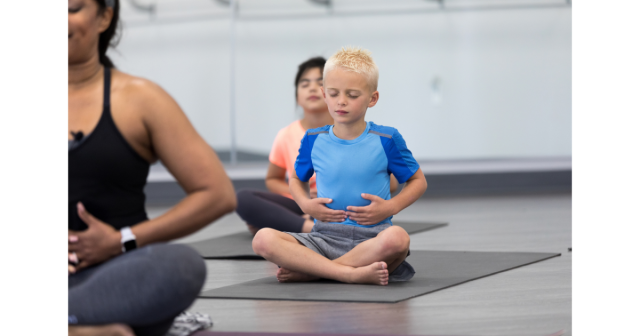
According to an ancient Sanskrit proverb: “Breath is life, and if you breathe well you will live long on earth”
Exercise and Sports
In other more cardiovascular sports proper breathing is also crucial to performance. Your body will use more oxygen and produce more carbon dioxide because the muscles have to work harder. To cope with this your breathing has to increase from around 15 times a minute (12 litres of air) up to around 40-60 times a minute (100 litres of air) and your circulation will speed up in order to carry the oxygen to the working muscles. (6) So making sure that you are breathing properly is essential.
When weight training, your focus will be on your lifting technique and body form to avoid injury and you will be thinking about appropriate weights for the type of training you are doing – but don’t forget to breathe!
The extra effort required in lifting means your muscles need even more oxygen and it needs to be delivered efficiently to all parts of your body. Many people breathe in a short, shallow manner using only their chests but you will breathe more deeply using diaphragmatic breathing (7), where you inhale slowly through your nose, feeling the diaphragm move down and the abdominal cavity filling and then slowly exhaling. This will deliver much more oxygenated air to your brain, heart and muscles while removing carbon dioxide from your body.
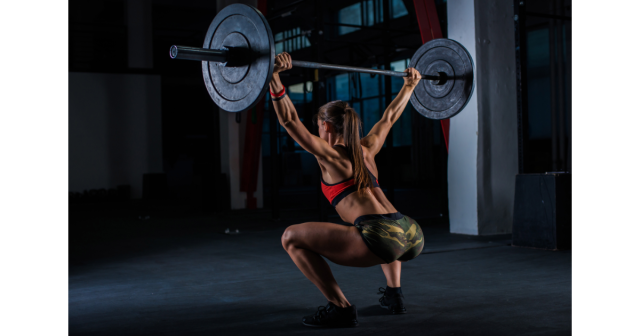
Inhale during eccentric part of lift (muscle lengthening) and exhale during concentric (muscle shortening) e.g. squat: inhale bending knees – exhale when coming back up
Holding your breath during weight training should be avoided as it risks a rise in blood pressure and can cause dizziness, fainting and more serious outcomes such as cerebral haemorrhage. If you’re a powerlifter you will know about the Valsalva manoeuvre, which involves short-term breath-holding.
Studies have shown that by taking a deep breath and holding it, your ‘intra-abdominal pressure’ (IAP) will make your core more rigid to better support your spine and improve stability and power with less risk of injury when lifting heavy weights (8). It might be the route to lifting greater loads but this technique should be approached with caution and it’s important to say that powerlifters will only employ it on a single extremely heavy lift.
A much safer alternative to Valsalva is Forced Exhalation:
Take a deep diaphragmatic breath at the beginning of each rep, and then exhale forcefully through your teeth as you power through the lift, then breathe in as you lower the weight. There is research to show that breathing with forced exhalation produces similar increases in IAP, creating that natural girdle to help stabilise your lower back and pelvic floor. without straining your cardiovascular system. (9)
Nose or Mouth?
You may by now be wondering if you should use your nose or mouth to breathe. In fact, you get 20% more oxygen by breathing through your nose rather than your mouth, because it takes more time to pressurise the air that enters the nose, which allows our lungs to absorb more oxygen (10).
As James Nestor says: “When you are breathing through your nose, you are humidifying the air. You’re pressurising and filtering it so that you can use that air so much more efficiently.” (11) So the air that comes in through your nose is different from that which comes in through your mouth.
Dr George Dallam (12) says that when we breathe with our mouths the air that hits the bronchi in our lungs is often drier and colder, causing shortness of breath, coughing and decreased endurance, in other words, an asthmatic response.
A 1996 study found that nasal breathing during exercise significantly increased endurance and the participants felt that they were exerting themselves less. (13)
While nasal breathing is seen to have its benefits, you will probably adopt a combination of both nasal and mouth breathing if you are out running with a buddy at a conversational pace. However you are breathing, you should still take relaxed, rhythmic breaths and maintain a good upright stance so that the chest remains open. With the exertion, you need more oxygenated blood to reach your muscles so do think about breathing deep down to your diaphragm. As you finish your run, calm your breathing with long deep nasal breaths so that you can return to rest rate within a few minutes.
Rowing
In rowing it is common to synchronise your breath with the rhythm of your stroke. Through race preparation, crews will find their stroke rates and breathing will sync up with other crew members and, if you’ve watched any rowing race, you will be familiar with the noise of a whole crew exhaling noisily through clenched teeth at the finish of their stroke. Given what I have already mentioned about the benefits of deep breathing by opening the abdominal cavity through diaphragmatic breathing, you will notice that the phase of the rowing stroke where you inhale, i.e. the recovery up the slide, is also the phase where the body becomes increasingly compressed – making a deep breath hard to achieve. This throws up all sorts of physiological difficulties worthy of discussion another time!

are rowers breathing correctly for maximum efficiency?
Rowing equipment company Concept 2 suggest a regular pattern of breathing (14):
- At low intensity (one breath) – slowly exhale on the drive to expel all air by the finish. Then inhale slowly on the recovery.
- At high intensity (two breaths) – exhale as you finish the drive. During recovery, inhale, then exhale quickly. Inhale again, just before the catch.
Next time you exercise, let the way you breathe help you to achieve your goal and I’ll leave you with a thought:
“Animals such as the rat and rabbit have fast breathing and so are extremely nervous, mentally unstable, emotionally restless, and live only for a short period of time.
In contrast, the elephant and turtle are slow, deep breathers and consequently have calmer personalities and longer lives.” Dr. Ananda Bhavanni, researcher & yoga therapist (15)
- Breath by James Nestor
- What is Yogic breathing
- Breathe, Exhale, Repeat – The Benefits of Controlled Breathing
- Yoga Breathing Techniques
- The 5 Golden Rules of Yogic Breathing – Beyogi
- Your lungs and Exercise
- The Importance Of Breathing While Lifting Weights
- Breathing and Lifting. Whats The #1 Mistake
- How Controlling Your Breath Can Boost Your Lifts
- 5 Benefits of Nasal Breathing For Exercise Performance
- We Have Forgotten The Power Of Breath
- Is It Better To Breath Through Your Mouth Or Nose During Exercise
- Mouth-Breathing: Why It’s Bad For You And How To Stop
- Breathing Techniques
- 20 Quotes That Will Make You Want To Breathe More Deeply And Intentionally

